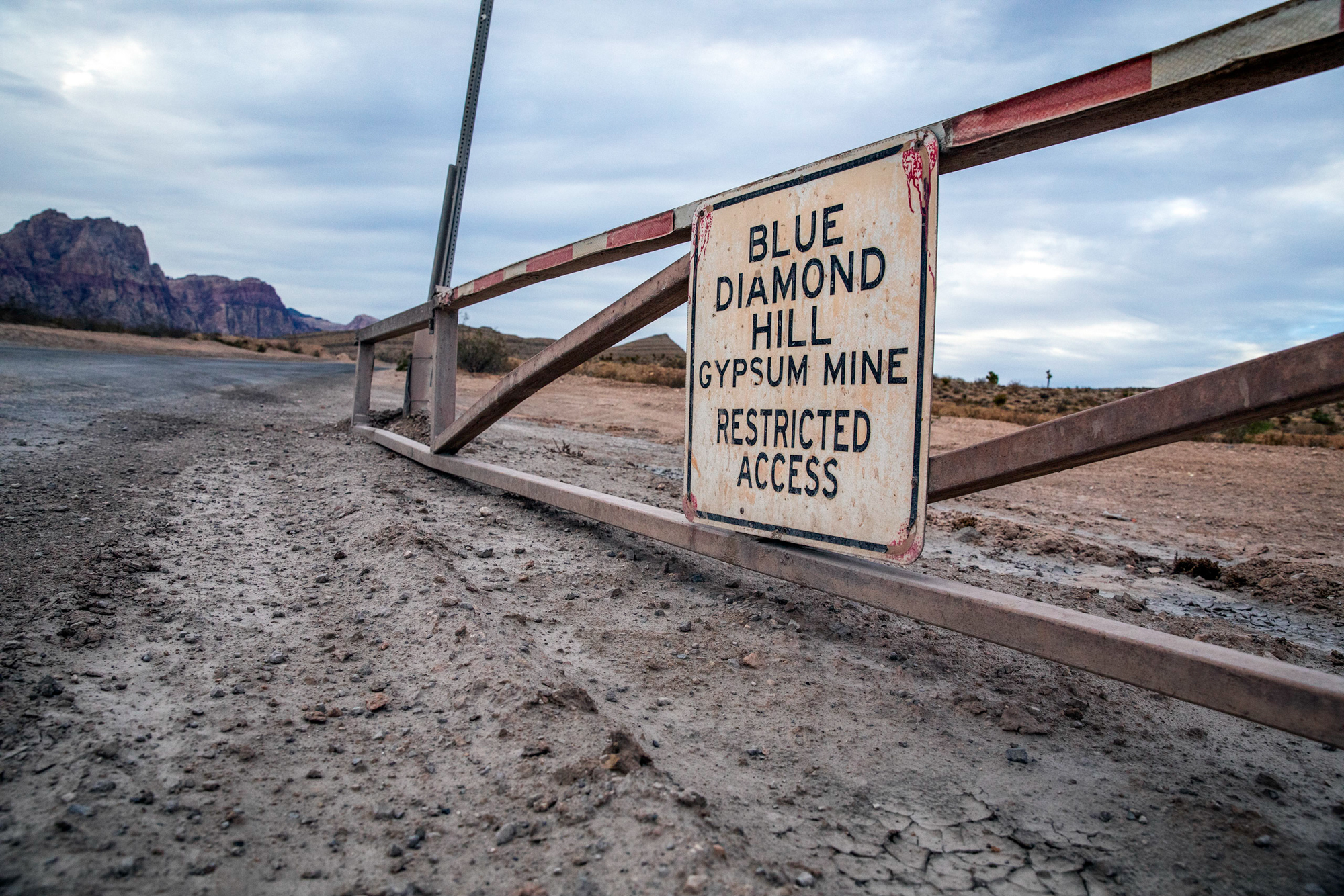Dealmaker Steven Klinsky had a front-row seat to the most operatic takeover drama Wall Street has ever seen, the knives-out multibillion-dollar battle for control of RJR Nabisco.
From that 1980s contest he learned a formative lesson: stay far away from the highly leveraged takeovers orchestrated by swashbuckling debt junkies. The results have been a quiet success.
His New Mountain Capital has focused on building up mid-sized companies in predictable industries using modest amounts of debt. Returns have been robust and investors are rewarding the results, with the New York-based group raising $15.4bn for its seventh buyout fund, exceeding a $12bn target set last year — and bucking a recent trend of poor industry-wide fundraising.
New Mountain joins private equity groups such as CVC Capital Partners, Clayton, Dubilier & Rice, Warburg Pincus and EQT that have exceeded their fund targets at a time when many rivals have fallen short of their goals.
It is part of a rare successful streak of the past few years among buyout groups that steered away from pursuing peak-valuation deals during the frenzied markets of 2021 and instead consistently returned cash to investors.
“I preach against the old private equity model of 40 years ago where people think you borrow as much as you can, go play golf, and see if it all worked out in five years,” Klinsky said in an interview with the Financial Times.
The group is known for its ability to build small businesses in sectors including healthcare services, software and manufacturing into industry leaders by pushing their products into new markets, or by identifying acquisitions.
“New Mountain’s judicious use of leverage and its focus on building businesses in faster-growing parts of the economy have insulated the firm from the brunt of the Federal Reserve’s interest rate hikes,” said Maxwell Snyder, vice-president of alternatives at NewEdge Wealth, an investor in its funds.
Fundraising for the private equity industry slowed dramatically in 2022 when interest rates rose quickly and public stock valuations fell, causing large investors to become overexposed to private assets and pull back from investing in new funds.
The industry’s challenges have been exacerbated by a slowdown in dealmaking and initial public offering activity that has made it hard for PE groups to exit their investments even as public markets reach new highs. In 2023, buyout firms distributed the lowest amount of cash versus what they called from investors since the 2008 financial crisis, according to Bain & Co.
New Mountain, however, has returned more capital than it has invested in recent years. Since January 2021, the firm has sold more than 20 companies, returning well over $10bn in cash to its investors because of successful deals such as Signify Health, a healthcare IT company.
Its 2017-era buyout fund returned 1.16 times what investors had committed by the end of 2023, making it the rare fund from that year to have returned a surplus of cash to investors, according to documents published by public pension funds. When including the fund’s remaining unsold investments, it has generated a 2.4 times gain.
New Mountain’s assets under management have more than doubled to $55bn since 2018, when Klinsky sold a minority stake in the group to Blackstone that cemented his billionaire status. The investment allowed him and his partners to invest $1.4bn into their new fund. It has also given them the financial heft to remain private and resist seeking a tie-up with a larger asset manager, Klinsky added.
As a partner in his early 30s at Forstmann Little, an early pioneer of the $4tn private equity industry, Klinsky became a top lieutenant to Ted Forstmann as the prolific financier studied a bid for RJR Nabisco. It was the seminal deal of the go-go 1980s, later chronicled in the book Barbarians at the Gate.
Klinsky had a memorable bit part in the saga.
Ross Johnson, the chief executive of RJR, had approached Forstmann about teaming up as a “white knight” to counter a takeover effort led by KKR. After hearing Johnson’s pitch, Forstmann consulted Klinsky, a trusted number cruncher, to see whether it was workable. “I think he’s totally insane,” Klinsky is quoted as saying in the book.
Forstmann never bid on RJR, which was sold to KKR for $29bn, but quickly became an emblem of the private equity industry’s hubris as it struggled under the crippling weight of its takeover debt.
When he left Forstmann Little in 1999 to create his own private equity outfit, Klinsky decided on a different approach.
Many of the companies New Mountain buys are family-owned businesses that have never made an acquisition or built operations outside of the US. In many deals, New Mountain forges novel corporate strategies.
The style has helped the firm earn large windfalls at a time when many rivals are contending with an industry reckoning.
In 2017 New Mountain made a push into so-called “value-added care”, with companies focused on preventive health measures to lower costs. It acquired and merged two small companies in the sector for less than $500mn and renamed the group Signify Health. Last year, New Mountain sold the company to CVS for $8bn.
It also had success in technology investments. Klinsky’s firm acquired a small logistics software company called RedPrairie in 2010 for $550mn. Under new management, the company plotted acquisitions and built artificial intelligence tools that propelled it into a leader in identifying supply chain bottlenecks. In 2021, it sold the rebranded company, Blue Yonder, to Panasonic for $8bn, generating more than $5bn for its investors and employees at the company.
Another big windfall has been Avantor, a pharmaceutical chemicals company that New Mountain acquired from Mallinckrodt for less than $300mn in 2010. Klinsky’s firm pushed Avantor into specialised chemicals that earn higher margins. In 2019, it listed Avantor, which now trades at a $15bn valuation. New Mountain has earned gains exceeding $3bn, according to the FT’s calculations.
Klinsky said he prefers investing in these midsized companies partially because they offer many more growth opportunities for his 200-plus dealmakers and consultants to pursue.
“[A] $500mn company could be a leader in an important niche industry, but there are so many things that the management hasn’t done yet . . . If you are a $10bn company, you probably have done almost everything smart there is to do,” he said. Such businesses are easier to sell to corporate buyers and other buyout firms, he added.
Though private equity is under pressure from the slowdown in dealmaking, Klinsky does not see a coming industry washout. He said the sector has become more professional with less-cavalier capital structures.
“I don’t see a hard landing or crisis in private equity,” he said. “The companies are much less leveraged than they were in the old days. In 1981, a buyout had 19 parts debt and just one part equity. So people threw away the keys on bad deals.”






























